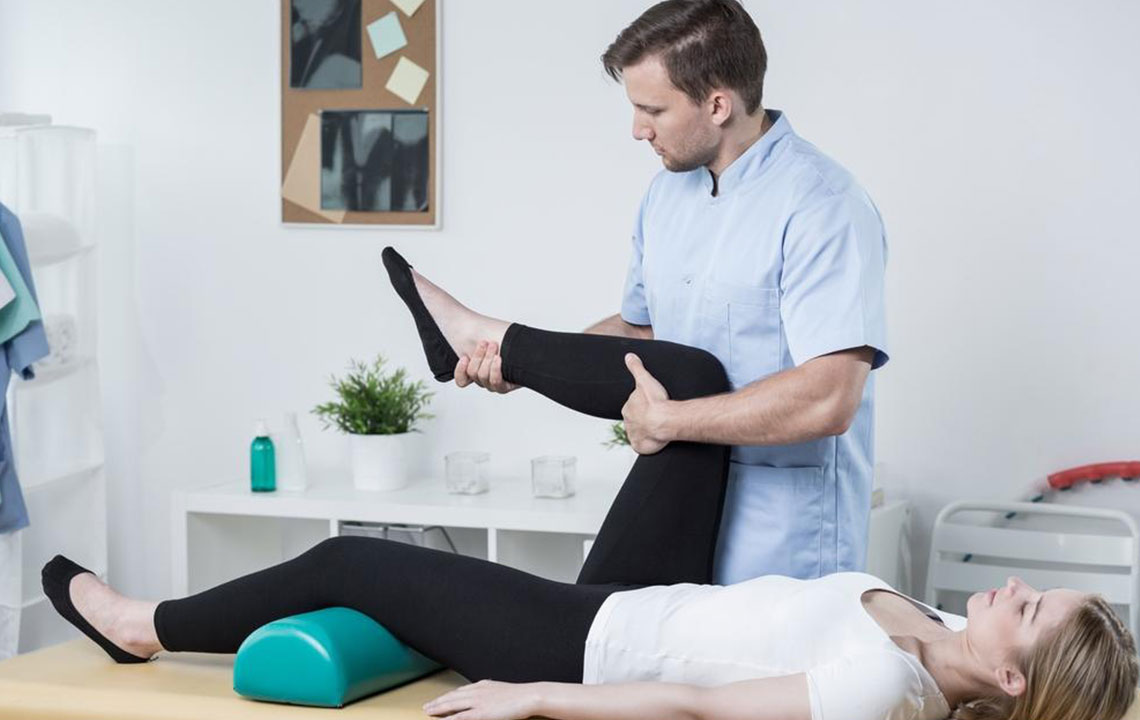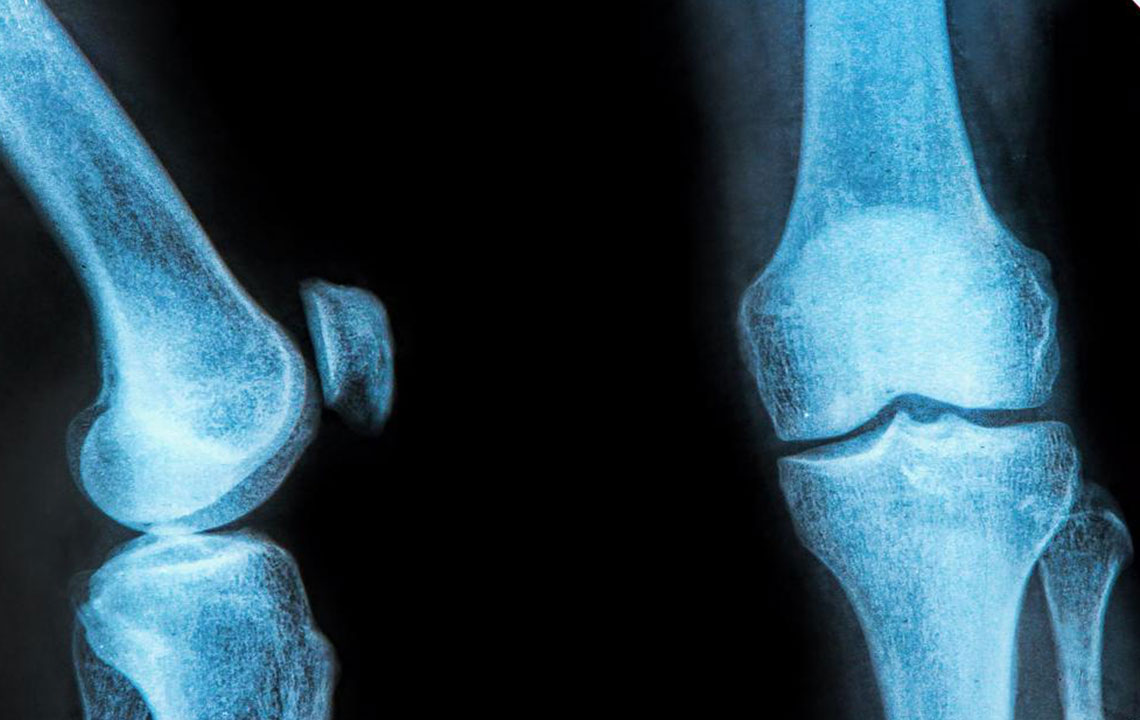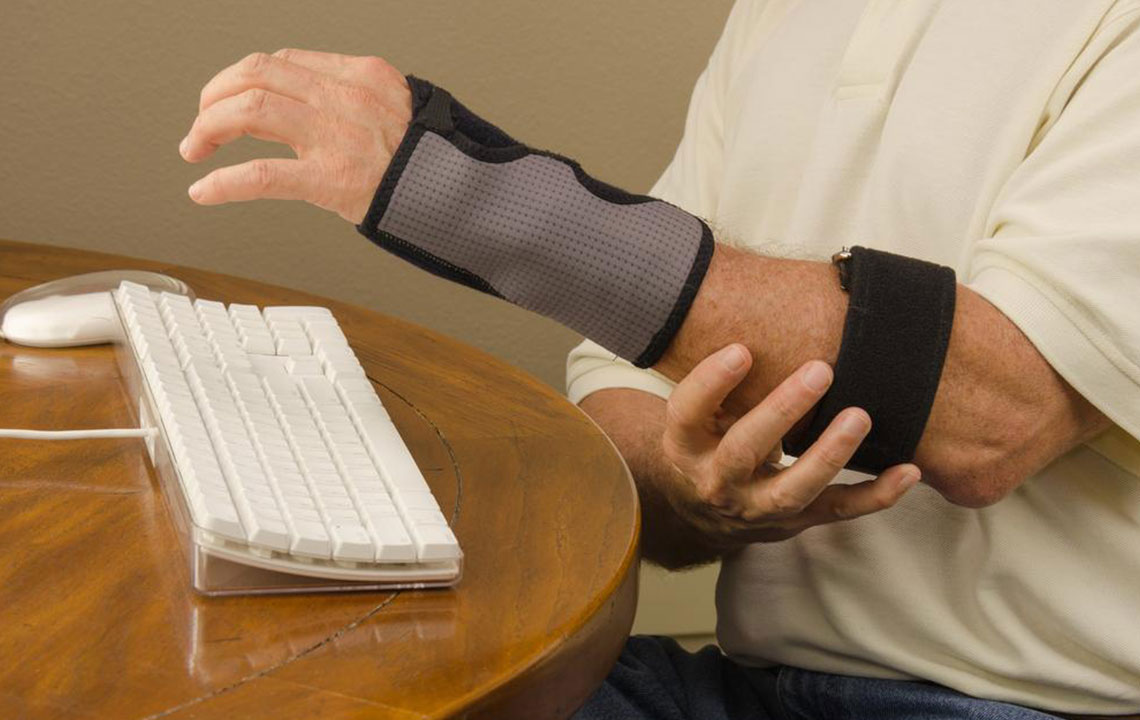Effective Strategies for Meniscus Injury Management and Prevention
This article offers comprehensive insights into meniscus tears, covering causes, symptoms, and treatment options. It highlights the importance of timely medical intervention, including physical therapy and surgery when necessary. Preventative tips such as warm-up exercises and protective gear are emphasized to reduce injury risk. With proper management, individuals can regain full knee functionality after a meniscus injury. The guide aims to educate readers on effectively managing and preventing knee cartilage tears for better joint health.

Effective Strategies for Meniscus Injury Management and Prevention
The meniscus is a small cartilage pad within the knee joint, serving as a cushion between the thigh and shin bones. Repetitive or sudden pressure on the knee, such as during contact sports like football or basketball, can cause the meniscus to tear. Injuries aren’t limited to intense activity; even simple, rapid movements can lead to damage. Each knee contains two menisci—one on the outer side and one on the inner—and they help stabilize the joint by distributing weight evenly. Damage here impairs knee function.
Causes of Meniscus Tears
Rotational forces and twisting movements are primary culprits behind meniscus tears. Activities involving quick pivots or heavy lifting heighten the risk. Sports like tennis, soccer, and rugby are particularly susceptible. Age also factors in; after 30, cartilage wear makes tears more likely. Individuals with osteoarthritis face increased injury risk too.
Recognizing Symptoms
Symptoms of a meniscus tear include pain—especially when touching the knee—swelling, restricted movement, and sensations of locking or catching. Weakness or the knee giving way can occur, especially with more severe tears. Severity varies:
Minor tears cause mild discomfort and swelling that resolve in a few weeks.
Moderate injuries involve side or central knee pain, increasing swelling over days, stiffness, and difficulty bending. Symptoms can recur if untreated.
Severe tears may cause the knee to lock, pop, or give way completely, with swelling and stiffness developing within days.
If symptoms persist beyond a few days, medical consultation is recommended.
Management and Treatment Options
Initial treatment involves rest, ice packs, compression, and elevation—commonly known as RICE—along with wearing a knee brace and avoiding aggravating activities. Physical therapy may be prescribed to ease symptoms. If pain persists, surgical intervention might be necessary.
Surgical Procedures
Surgery becomes an option if conservative methods fail. Techniques include:
Partial meniscectomy: removal of the torn part of the cartilage.
Total meniscectomy: removal of the entire meniscus—generally avoided due to higher osteoarthritis risk.
Surgical approaches involve open surgery or less invasive arthroscopic procedures, where small incisions allow insertion of a camera to repair the tear.
Postoperative care emphasizes physiotherapy to restore mobility. Avoid strenuous activities like running or squatting for months. Tailored rehab plans enable gradual return to normal activities. Healing potential depends on tear location; outer areas with better blood supply heal faster than inner regions. Preventative measures include proper warm-up routines and protective gear during sports to reduce injury risk. With proper care, full knee function can often be restored after a meniscus injury.
Important Notice: The information provided is for educational purposes and should not replace professional medical advice. Always consult a healthcare provider for diagnosis and treatment options tailored to your specific condition.










